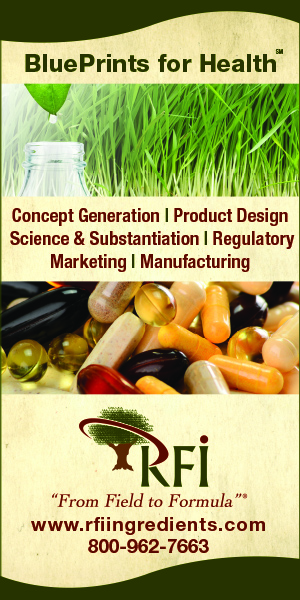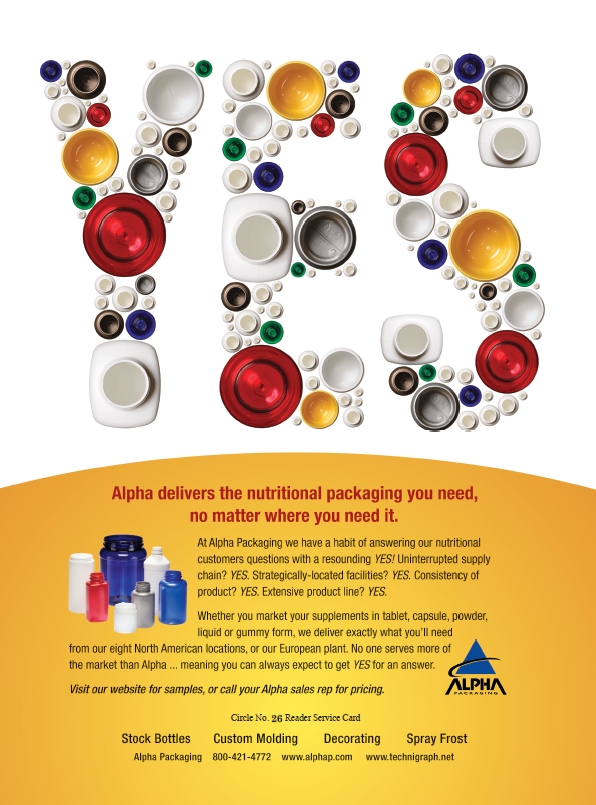It’s no secret that natural and organic labeling is undergoing a change amid consumer and government scrutiny. In May of this year, Kellogg agreed to drop terms like "All Natural" and "100% Natural" on some of its Kashi and Bear Naked brand product labels as well pay more than $5 million to settle a class-action consumer fraud lawsuit (1). While the company’s representatives stood by their advertising practices, this is only one of many examples of lawsuits and bad press as consumers demand accuracy in labeling.
But as this trend is underway, labeling language isn’t the only thing changing. One other trend is flying under the radar: sustainability. Several companies are making innovations in product labeling, using sustainable materials and production methods to make sure that regardless of what the label says, it will help the environment and possibly your profits.
Why Go Sustainable?
While many may have a general idea of the benefits of sustainable product labels, it is important to be fully informed, particularly if they are on the edge of making the switch. Rob Tossberg, owner of Plan It Green Printing, Los Angeles, CA, states, “typical paper production causes many problems including but not limited to, water pollution and deforestation.”
fully informed, particularly if they are on the edge of making the switch. Rob Tossberg, owner of Plan It Green Printing, Los Angeles, CA, states, “typical paper production causes many problems including but not limited to, water pollution and deforestation.”
While these environmental issues are certainly important, where all our participants came together is the potential branding benefits of sustainable product labels. Micheal Lane, CEO of Lofton Label, Inver Grove Heights, MN, remarks that the environmentally-friendly, natural look of the substrate is a natural fit for natural and organic product makers. The visual indicators associated with sustainable labels, like natural fibers from the substrate, “cosmetically supports the natural brand message” as he puts it, reinforcing the company’s commitment to sustainability in the consumer’s mind.
Even larger companies or those not exclusively dedicated to natural products stand to benefit from making the switch to sustainable labels. Heidi Chambers, director of sales of Century Label, Bowling Green, OH, believes companies of all sizes are “diligently searching for ideas to increase sustainable business practices, realizing that the long-term social and ethical benefits prove to be a responsible decision.”
As for the controversy over labeling language, our experts are mixed on how it factors into their work. Tossberg acknowledges that the debate is bleeding into the work of label makers, and that it is a natural and positive progression. Lane, however, doesn’t see his company affected at all by these developments. As he explains it, “the degree to which a product contains natural and organic ingredients or not is not something we take into consideration. This is decided by the marketing manager for the product in question.” His vision is to provide as many green labeling materials and options as possible in order to reinforce a product’s natural and organic brand in the marketplace.
Sustainability: A Two-Part Question
Lane considers the differences between traditional and sustainable labeling to be a two part discussion involving materials and production. As he explains it, when it comes to substrate manufacturing and conversion, all labels go through a relatively similar process, but “the difference between green and regular labels comes from the substrate ingredients used in the manufacturing process. “ When it comes to substrates, Lane favors papers with a high amount of post-consumer waste and/or burlap waste. One substrate that Tossberg utilizes is an offset stock made from wheat straw and FSC Certified paper. His aim with this choice is “create a paradigm shift where paper is made from cast off wheat straw and not from trees.”
As for eco-friendly inks, several options are available, says Tossberg. When doing offset or flexographic printing, his company uses either soy-based, water-based or U.V. cured inks. Lane’s company also uses water-based inks when creating sustainable labels.
When it comes to the role of plastics, particularly shrink film, in sustainable label making, opinions are mixed. Lane recommends steering away from shrink labeling, saying that “shrink sleeve material has proven to be a determent to product recyclability by contaminating downstream-waste recovery operations.”
While this is cause for concern, for those who need shrink sleeves for their product labels (particularly those working with food), Chambers says that there are new innovations underway that may help those reliant on shrink sleeves still work toward sustainability. She recommends PETG or PETG LV sustainable film, new options that offer sustainability along with lower shrink force and a versatile shrink curve. Her company also offers the ability to apply a vertical perforation to the length of a shrink sleeve label, allowing for easier removal and separation from recyclable plastics.
For other plastic-based labels, Chambers brings up a unique corn-based polylactic acid polymer (PLA), that her company uses. This polymer is recyclable and usable in industrial composting. Tossberg notes that industrial composting should be on every sustainable label maker’s radar due to recent advances in the field—what once took 16 weeks to compost now takes two! Another innovation from Chambers’ company are SmartSolve labels. This label pairs a water-soluble paper stock with water-soluble adhesive for a label that can be removed easily with plain water with minimal residue. Chambers says that this may be valuable for end-user customers interested in up-cycling product containers. Tossberg’s company offers a similar option: dissolvable stickers made from wood cellulose.
The Printing Decision: Digital or Flexographic?
While the first part of the sustainable label question regards materials, the second regards production. As Tossberg explains, while traditional label makers tended to utilize offset and flexographic presses, digital presses are also becoming more viable. At the same time, he reminds us that “there is no black and white when it comes to green printing.” While he states that digital printing uses less electricity and doesn’t require film or plates, there are pros and cons to each choice. When it comes to making a decision, Tossberg recommends the best option is working with clients “based on budget, quantities, stock and ‘look’ to decide which press is best suited to the job and the environment.”
There are also other opportunities in the label production process to promote sustainability. Lane notes that several companies are beginning initiatives to recycle the liner that carries the finished labels, especially in the European Union. His company currently recycles 100% of liner production waste, which directly reduces the amount of waste that goes into landfills. WF
References
1. Reuters, “Kellogg to Drop 'All Natural' From some Kashi Product labels” http://www.reuters.com/article/2014/05/09/us-usa-kellogg-labeling-idUSKBN0DP1GX20140509, accessed August 25, 2014.










